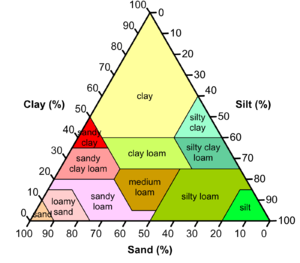As we touched on briefly last week, It's a great idea to use a
vegetable garden planner
before you go ahead with planting. Many people allow their garden to grow in a very random manner, just putting plants wherever there is a little bit of space without thinking about how the finished garden will look. Sometimes this works out well but more often, it is a mess.
The first thing that you should do when you are working with a vegetable garden planner is to think about the site that you have. Ideally, your vegetable plot will be in a place that receives natural sunlight. It doesn't have to get the sun all day, but a completely shaded, north-facing area is not the best place for your vegetables. In fact you will find it difficult to make anything grow in an area that gets no sun at all.
Planting close to the house is a good idea. Many people put their vegetable garden away out of sight because they do not consider vegetables to be as attractive as flowers. This is understandable, but it is important that you can see your growing crops, otherwise you are much more likely to forget about them - and you can really get a lot of enjoyment out of surveying your growing crops. Some people believe that plants benefit from being noticed, cared about and talked to, and if this is true, then they need to be visited often!
There are a couple of things that you can do to keep your vegetables close to the house while having an attractive view from your windows. One is that you put the vegetable garden near to a door, but not right under the windows of your main rooms. Maybe you could look out onto it from the kitchen window, for example.
Another possibility is to plant flowers in among your food plants. This is a great idea anyway, since it brightens up the area that you will be working on. And some flowering plants, like marigolds, are often placed among vegetable crops in an organic garden because they have the advantage of repelling pests.
An organic vegetable garden planner will often recommend that you protect your plot with a rabbit proof fence. This is important if your garden is accessible to rabbits, foxes, dogs or other animals that might either eat your plants or dig in your beds.
When you have prepared the site for your organic vegetable garden, it is time to think about what to plant. You will want a variety of crops, not too much of the same thing. The main question is what you like to eat, but it is also important to make sure that you will have a constant harvest through the year. If everything that you plant is going to be ready in August or September, and nothing the rest of the year, you have not used your vegetable garden planner very well!
On the other hand, when you have decided on plants that can be harvested in a certain season, it's a good idea to put them together. That way, when the season is over, you can clear a whole area and prepare it for another planting. If your plants are all mixed together, it will be more difficult to do this.
And don't forget to
rotate your crops, as we discussed last week. This helps to stop pests and disease from establishing themselves, and circulates nutrients in the soil. Again, this is easier if you have used a vegetable garden planner to have all plants in a certain area produce their harvest at the same time.
Vegetable Garden Planners:












